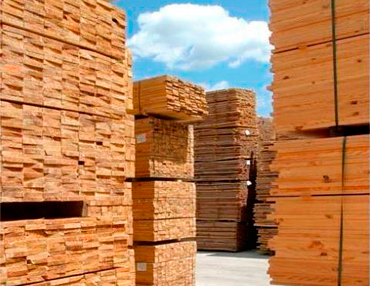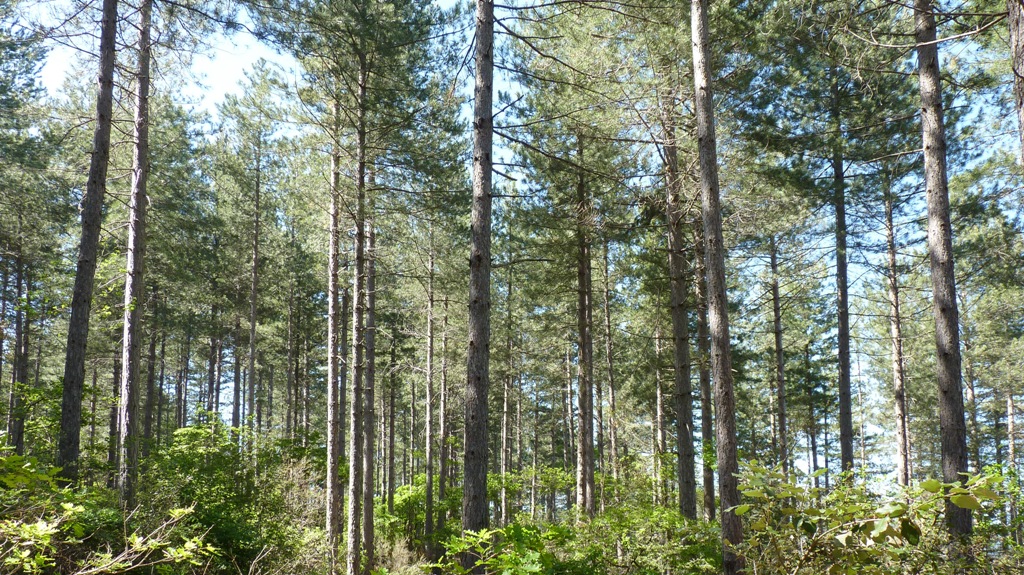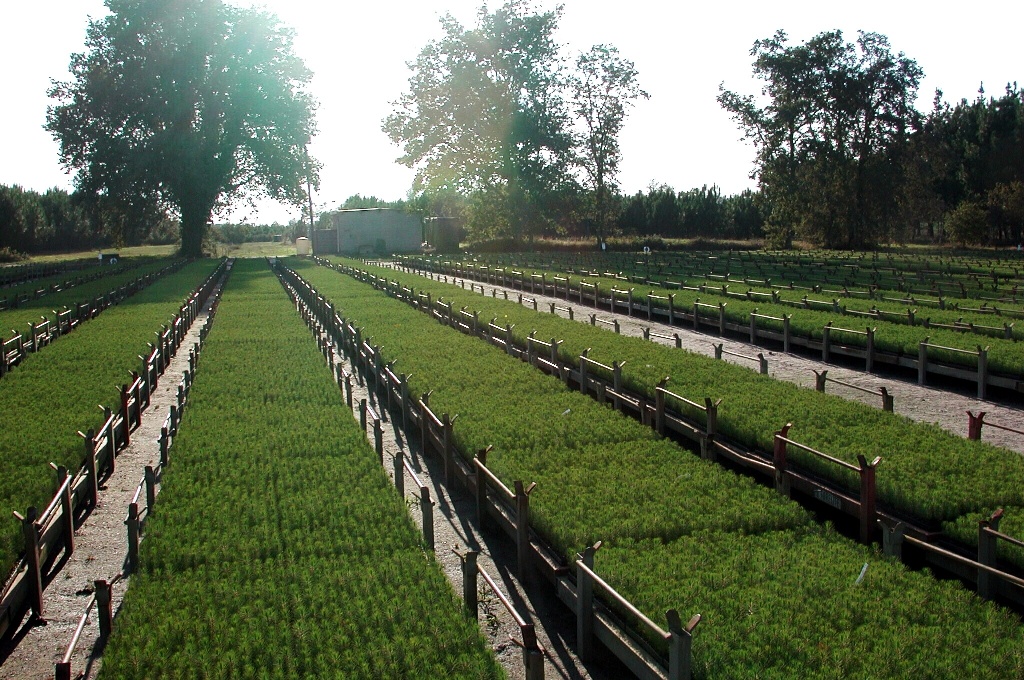A vital resource
A local resource
As shown on the geographical coverage of pine trees map, pine is found throughout France. Every project is therefore bound to have pine trees nearby.
By choosing French pine you are prioritising short distribution channels and the use of a local resource, helping to reduce transportation and CO2 production.
However be aware that short distribution channels are not always readily available because they are not always the simplest.
Today, many pine-based products are imported or made from imported pine.
When looking for a pine of French origin, therefore, you need to take care to find out origin of the timber.
A sustainably managed resouce
French forests are on the whole very well managed. French forestry takes into account the environment, constraints of neighbouring populations, biodiversity and the needs of future generations.
For French pine forests in particular, certain operators involved with French pine, from forest to industry level, use the PEFC certification, which attests to the proper management of forests.
So ask for PEFC certified pine for your projects.
However, if you simply ask fora pine of French origin you are guaranteed to receive timber from a sustainably managed forest.
An abundant resource
One third of declared timber comes from pine trees! (Source: AGRESTE)
Pine trees are abundant in France and the IGN statistics speak for themselves.
Every year we remove around 8 million m3 of pine.
If we compare this volume to the total amount of timber harvested from forests, pine represents around 25%.
But when compared with the volume declared by companies (Forest operators) pine represents 33 % of timber harvested! (Source: AGRESTE, 2010 annual industry survey)

(*) This volume of roundwood pine is given both by the industry surveys of Forest operators conducted by AGRESTE and by the IGN's successive field inventories.
Once harvested, around one third of pine timber volumes are sold for either "wood processing" (crushing) or "fuelwood".
The majority is therefore used as timber, with French sawmills placing around 2.2 million de m3 of pine timber per year on the market, i.e. 15% of all sawn timber in France.
A resource of the future
There are almost 400 million cubic metres of standing pine wood still growing in forests (Source: IGN).
Many trees have reached maturity and can therefore be worked.
Others are very young and still require a few more decades of care.
Depending on its species and site, a pine tree can be harvested at between 40 and 100 years old.
Pine is by far the most planted species in France today: 1 pine tree is planted every second (i.e. 30 million trees per year - Source: FCBA).
But the fact remains that pine trees have been neglected over the last half-century by foresters, who prefer the Douglas fir.
This is especially the case in the low mountains where Douglas rotation is shorter than that of Scots pine or black pine, especially in the Massif Central where these 3 species grow.
However, the choice of Douglas is not ideal in the long term because Douglas fir forests tend to exhaust the soil. It is also likely that second and third generation trees are less productive and less attractive than first generation ones, which explains the initial enthusiasm for this species. (Source: ONF - to validate)

However pine is a pioneering species which by definition needs very little nourishment. Pine forests can be populated with other species at the base because these species are able to find the necessary nutrients. This base helps the pine trees to prune naturally, which allows us to produce knot-free wood.
In the plains, some well-managed maritime pine forests produce industrial timber in around 50 years which, when compared with other resinous varieties, represents an excellent rotation. (Source: FIBA)
Pine forests in France are so old that we can confidently state that with proper rotation they are able to produce sufficient volumes of quality timber.
An accessible resource
As noted in the FCBA Wood Guide, pine is a widely available species whose timber is sold at a reasonable price.
This makes pine wood highly competitive.









